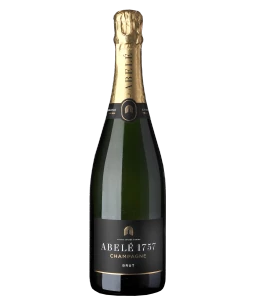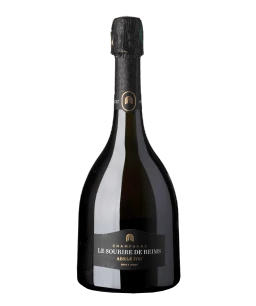Abelé 1757
CHAMPAGNE MAISON ABELÉ 1757
exceptional – tailor-made – long maturing time – very small quantities
Maison Abelé 1757 is one of the oldest Champagne houses. With a deliberately limited production, it preserves the familiar character of a small company while guaranteeing the highest quality – two and a half centuries of stories and legends in the heart of Reims.
Sparkling wines from Abelé 1757
from Abelé 1757
Three names have shaped the history of the house; in 1757 it was Théodore Vanderveken, the great-great-grandfather of Henri Abelé, who founded what is now the fifth oldest champagne house. In 1842, Antoine de Muller, the former cellar master of Maison Veuve Clicquot-Ponsardin and inventor of the riddling table - which revolutionised champagne production - took over the reins of the Muller-Vanderveken family business. His daughter Lucie married François Abelé and gave birth to a baby boy named Henri. In 1876, on the death of his father, Henri Abelé, an ambitious and forward-thinking young man, took over the family business. In 1884, he introduced the completely new system of disgorgement «à la glace», a technique that efficiently extracts sediment from the bottles by freezing it in the bottleneck, while also reducing the workload in the cellar. A true revolution for the house!
More than two and a half centuries after its creation Abelé 1757 is reinventing itself. Etienne Eteneau is now in charge of the Abelé 1757's cellars and he attaches the utmost importance to respect and excellence. With his childhood memories of holidays in his grandmother’s farmhouse, his experience and know-how, he makes each Abelé 1757 cuvée a great Champagne. Season after season, vintage after vintage, Abelé 1757 creates with time. The cornerstone of Abelé 1757's style is the natural environment in which the wines mature from the moment of their creation and throughout their long aging process. The chalk vaulted cellars have been a UNESCO World Heritage Site since 2015. In these chalk cellars, 20 meters underground and almost two kilometres long, months, years, even decades are necessary for the magic of maturation to occur.
From the Côte des Blancs to the Montagne de Reims, to the highly prized Coteaux des Riceys, the house has a wide variety of vineyard plots and crus. A unique aromatic palette is recreated after each harvest to perfect the base wines. Citrus and jasmine from the Grands Crus of the Côte des Blancs, pear and spices from the Montagne de Reims, lime blossom and peony from the Vallée de la Marne, freshly picked strawberry from Les Riceys. Each cuvée Abelé 1757 is a symphony of aromas. The fruity and floral fragrances, powerful yet delicate, will delight even the most demanding Champagne lovers. To ensure a constant supply of very high-quality grapes, Abelé 1757 has established close relationships with a small circle of passionate wine growers. Lovers of their land, these artisans have long practiced viticulture in harmony with nature on plots that are sometimes as small as gardens. They are united by common values such as excellence, respect, and loyalty.
The two prestige cuvées of the House of Abelé 1757 «Le Sourire de Reims» are a tribute to the «angel with the enigmatic smile». Beheaded in the great fire of 1914, the statue embodied the horrors of the great war. Deeply moved by the events, Henri Abelé financed the restoration of this figure of resistance, symbol of hope for a better future.
Producer
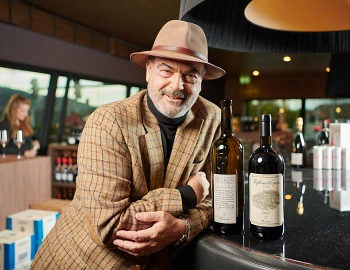
Brivio / Gialdi
For most of wine lovers in Switzerland, the name Guido Brivio is no unknown. However, abroad, it is a different story. Only after many years in the trade has he become among the wine experts and professionals of New York or London an insider tip, so to say, from an infinitesimally tiny unknown corner in the great international wine world.
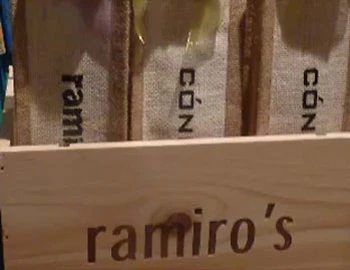
Ramiro Wine Cellar
Read more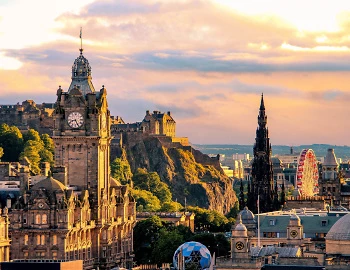
The Whisky Cellar
The Whisky Cellar was founded in 2017 as an independent Scottish bottler by whisky expert Keith Bonnington



